Abandoned plotlines that would have changed everything
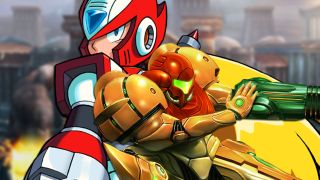
The missing link
Have you ever reflected on game a few days after finishing it only to realize some major plot point slipped under the radar? It could be a killer who wasn't unmasked, or a key bit of info everyone seemingly forgot about. At first these thoughts don't make sense. Surely they addressed this at some point, you rationalize. They wouldn't just leave this kind of thing hanging. Sadly, that's where you're wrong. Some plot points are introduced only to wither on the vine, never to be seen nor heard from again.
Until now. I've rounded up some of the juiciest, most dead-ended plot lines from a variety of games. Not only were these details clearly stated in their respective storylines, but they were all later dropped without a trace - almost as if they never existed in the first place. I've also included some insights into how these lost tidbits could have manifested themselves in their respective games, had they not been so abruptly abandoned.
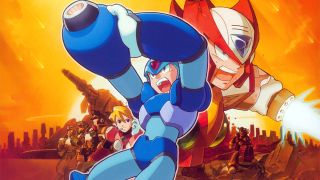
Mega Man X5
What was abandoned: Zero being Dr. Wily's final creation. This is strongly hinted at throughout the Mega Man X series (also The Power Battles 2, of all places) as a major part of Zero's mysterious backstory. But at X5's climax, this 'major reveal' is still only vaguely referenced. We see the iconic Wily 'W' projected on the background should you fight against Zero, and Wily's silhouette appearing during Zero's ending. And that's about it. The big mystery of Zero's parentage doesn't amount to much of anything, and is largely ignored in subsequent games.
What could have changed: a creation-versus-creator storyline. Dr. Wily creating Zero goes hand-in-hand with another abandoned plot point: Dr. Wily is still "alive" in the MMX timeline. Wily's presence would force Zero to grapple between who he is and who he was meant to be. Plus, the entire MMX universe revolves around robots with free will being corrupted by sinister influences. Zero grappling with the machinations of his creator would have been the perfect thematic fit.
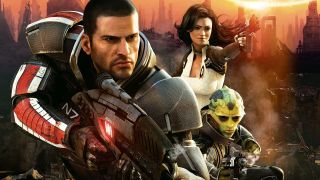
Mass Effect 2
What was abandoned: The dark energy subplot, which was introduced during Tali'Zorah's recruitment mission. Tali was collecting data on a star that was dying prematurely, before she and her team were ambushed by Geth. Based on that data, Tali theorized "dark energy" was behind the star's demise. Shepard then states "A lot of Quarians died here. What [that data] worth it?" I guess not, because by the third game dark energy and its impact are never discussed again.
What could have changed: According to Drew Karpyshyn, lead writer on the first two Mass Effect games, this concept of dark energy could have been behind the Reaper's motivations. In an interview with AM 60, reported by The Escapist, Karpyshyn said, "The Reapers kept wiping out organic life because organics would eventually evolve to where they were using biotics and dark energy, and that was an entropic effect that potentially was going to hasten the end of the universe. And being immortal beings, that is something they did not want to see."
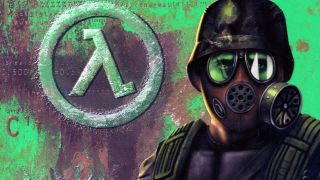
Half-Life: Opposing Force
What was abandoned: Corporal Adrian Shephard, protagonist of Half-Life side story Opposing Force. Like Gordon Freeman, Shephard also gets caught up in the Resonance Cascade catastrophe at Black Mesa, shoots a bunch of monsters, gets lost on an alien world, and is ultimately detained by the G-Man at the end of the game. But while Gordon later awakes at City-17 at the start of Half-Life 2, our poor Colonel is neither seen nor heard from again. He's still locked away in the G-Man's extradimensional storage locker somewhere, eagerly awaiting Episode 3.
What could have changed: Shephard was ripe to become the perfect "bad guy" version of Gordon Freeman. In the Half-Life 2 episodes, we see G-Man having some trouble maintaining control over the scientist-turned-savior. If their connection was ever completely cut, who better to fall back on than Shephard? He went through the same trials as Freeman and was also hand-picked by the G-Man. He also worked for one of the main antagonist groups in the original Half-Life; the man is prime villain material.
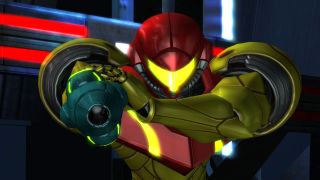
Metroid: Other M
What was abandoned: The Deleter. Throughout Other M, Samus learns there's a traitor among Adam's team of Federation soldiers. That traitor - who Samus dubs "The Deleter" - is killing off soldiers one by one. A lot of time is spent setting up this plot thread: we see The Deleter shoot other soldiers, kick them into lava, and you even fight against someone who is almost certainly The Deleter in a giant mech suit. And then, this person just quietly fades away. By the end of the game, all of Adam's team is either dead or MIA, and Samus shows no concern over discovering The Deleter's identity. Basically, no one cares.
What could have changed: Well, for one thing, Samus and crew would seem a little more believable as human beings if they showed a bit more concern about confirming who in their group was trying murder them all. The Deleter's presence could have also shed a harsh light on the Federation - or some conspiratorial group within the Federation - seeing as how The Deleter went to such great (and murderous) lengths to try and cover up the BOTTLE SHIP's connection to the Federation.
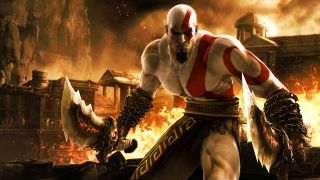
God of War
What was abandoned: The captured soul of Ares. If you had the wherewithal to actually complete God of War on the game's hardest difficulty setting - God Mode - you unlocked a special message from Kratos himself. Kratos congratulations you on a job well done before revealing that he has located the soul of Ares in a secret chamber. Kratos isn't sure how it ended up there, or what it could be used for, but figures it could help him put the hurt on Zeus in the next game. Only it doesn't, because the soul and this secret chamber are never mentioned again.
What could have changed: In the God of War games, Kratos draws strength from all sorts of mystical weapons and artifacts, so the soul of a dead god really wouldn't be that out-of-place in his arsenal. But perhaps it would have been a double-edged sword, with the fallen god Ares whispering in Kratos ear, driving his already already fragile mind deeper into madness. Perhaps Ares' influence could have been the primary motivator for Kratos' angst at the opening of GOW2.
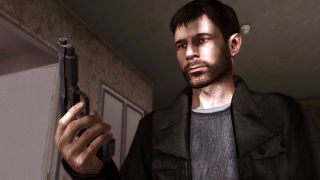
Heavy Rain
What was abandoned: Ethan Mars' periodic blackouts. For all of its creativity, Heavy Rain isn't exactly rock solid when it comes to storytelling. Ethan's blackouts are a prime example. Throughout the game, it's implied these blackouts are no mere coincidence. Ethan finds a folded paper crane in his hand after one blackout, leading him to believe there's a connection between himself and the Origami Killer. Maybe he IS the Origami Killer. All this existential dread, however, just gets swept under the rug as the game enters its final act and Ethan simply stops blacking out.
What could have changed: Not much, according to the developers at least. In this behind-the-scenes short, developer Quantic Dreams runs through some of Heavy Rain's deleted scenes. Among them are several relating to Ethan's blackouts. Apparently, Ethan was supposed to establish some sort of psychic link with the real Origami Killer. The blackouts were a result of this connection, and players would swim through a surreal dream sequence while Ethan was unconscious. They had nothing to do with Ethan being the killer.













